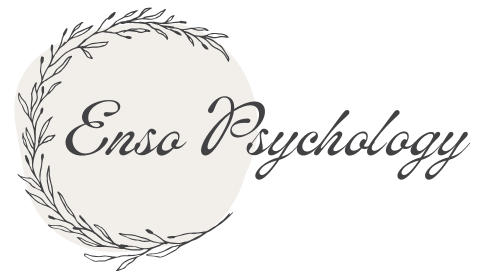

People often categorize feelings as "good" or "bad," embracing happiness and enthusiasm while pushing away sadness, worry, or anger. This separation can lead us to believe that some feelings are acceptable, and others are not. However, emotions should not be categorized as good or bad. They are all essential to our mental and physical health because they are our natural reactions to our experiences and inner states. By allowing ourselves to see, feel, and embrace our emotions, we free ourselves from the internal battle of denial or repression that can result in physical symptoms such as headaches, tense muscles, or even chronic disease.
The Problem with Labeling Feelings as "Bad" or "Good
Labeling emotions is one of the most common ways we deal with them. We often reject negative emotions such as anger, frustration, and despair, and embrace positive emotions such as joy, love, and enthusiasm as "good”. Because of this categorization, we may begin to hide or avoid the "bad" emotions, resulting in an unhealthy attachment to them. But this method only buries uncomfortable emotions rather than eradicating them.
Anger, fear, and grief are not gone when we reject or repress them. Rather, they manifest themselves in a variety of ways, such as physical symptoms like anxiety, exhaustion, stomach problems, or even long-term illnesses related to stress. Our bodies often serve as a mirror, reflecting the turbulent emotions we try to ignore.
The Power of Gratitude
What happens when we begin to accept all our feelings without judgment and stop rejecting some of them? It is not a sign of acceptance to enjoy or desire suffering. It's important to realize that these feelings have a purpose. They are cues from our inner self to pay attention to what's going on inside.
Allowing ourselves to accept our emotions without categorizing them as "good" or "bad" gives us the space to digest them. We lessen the impact that emotions have on our bodies and brains by letting them pass through us rather than fighting them.
Emotions are messengers
Every feeling we have carries important information. Sadness can represent a loss that needs to be mourned, anger can show that a boundary has been broken, and fear can suggest that we are entering the unknown. Accepting these feelings allows us to begin to see the messages they represent and to respond to them with kindness.
We become more self-aware when we can connect with our emotions without trying to control or manipulate them. This knowledge prevents us from reacting impulsively or suppressing our emotions and allows us to act with composure and understanding.
Emotional and Physical Well-Being
Our emotional and physical well-being are closely related. The body often responds to suppressed emotions with stress-related symptoms. Many health problems, such as headaches, backaches, sleep disturbances, and digestive problems, can be caused by prolonged stress. Over time, ignoring our feelings can lead to major health problems, including heart disease, high blood pressure, and a weakened immune system.
However, we develop emotional resilience when we accept and manage our feelings. Because suppressed emotions can have a negative physical impact on our bodies, emotional resilience promotes our overall health.
How to Accept Your Emotions in Practice
Here are some quick tips to help you begin to accept your feelings without judgment:
1. Name the emotion: Give a name to each feeling that comes up. Say to yourself, "I am experiencing sadness," or "I am feeling angry right now. By naming the feeling, you can avoid getting overwhelmed by it and instead take a step back and examine it.
2. Practice non-judgment: Steer clear of categorizing the emotion as positive or negative. Rather, accept it for what it is, understanding that every emotion has a purpose.
3. Give your emotions space: Sit with your emotions without trying to change them. This may be uncomfortable at first, but eventually you will realize that emotions come and go on their own.
4. Pay attention to your body: Notice the areas of your body that reflect the emotion. Do you have tension in your shoulders? a tightness in your chest? Physical tension can be released by becoming aware of how your body reacts to emotions.
5. Journal your feelings: Keep a journal of your feelings to help you understand them and identify trends in the occurrence of certain emotions.
6. Breathe and be present: To help you center yourself in the here and now, do deep breathing exercises. Breathing can calm your nervous system, allowing you to experience your feelings without feeling overwhelmed.
In summary
Being emotional is a normal aspect of being human. Instead of categorizing our emotions as "good" or "bad," we need to accept them all as vital internal messages. We reduce the possibility that our emotions will manifest in our bodies as physical symptoms when we embrace and acknowledge them. True emotional healing and general well-being can occur when we have a kind and nonjudgmental relationship with our emotional environment. So the next time you feel an emotion building up, allow it to enter and pay attention to what it has to say, rather than pushing it away. Your mind and body will appreciate it.